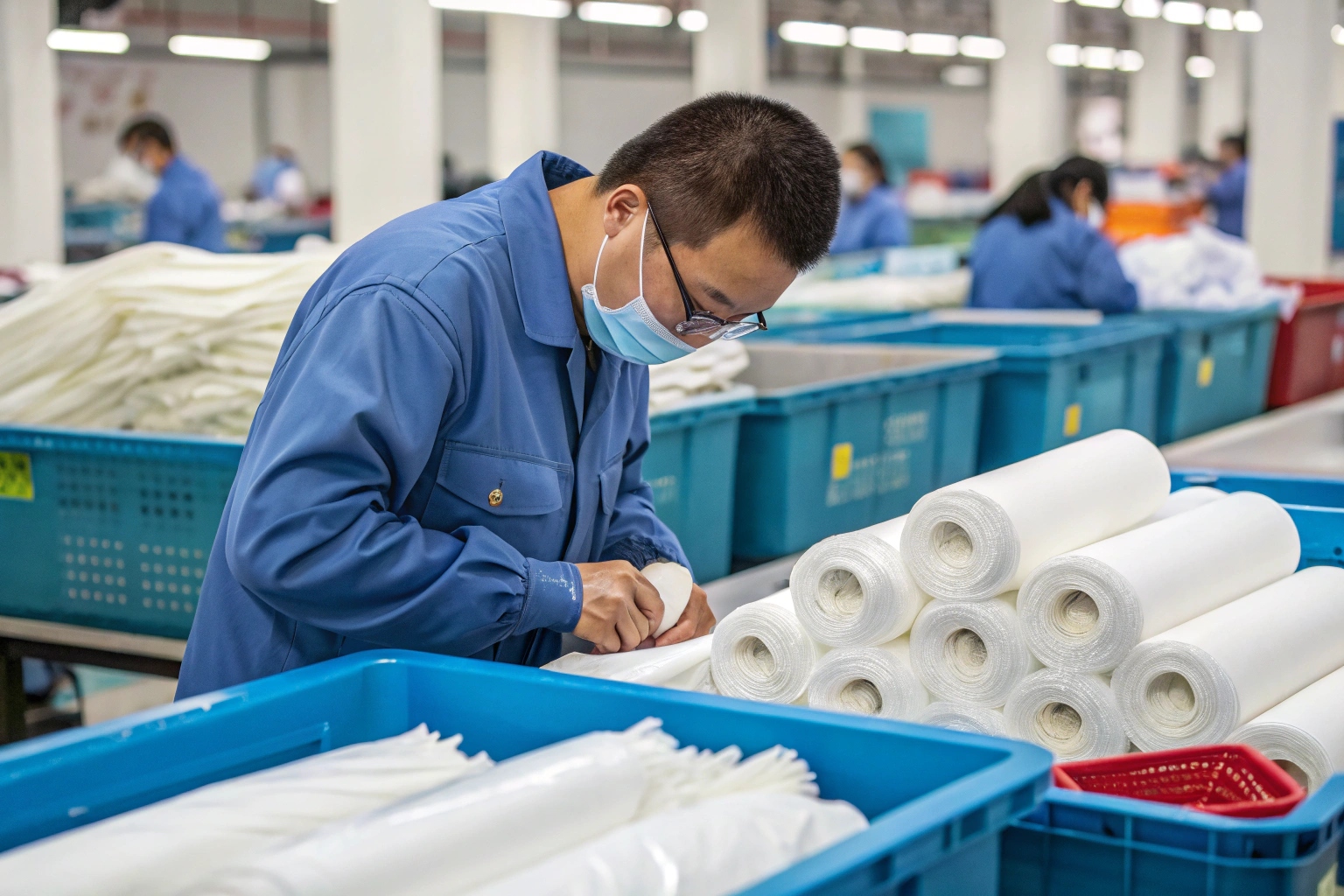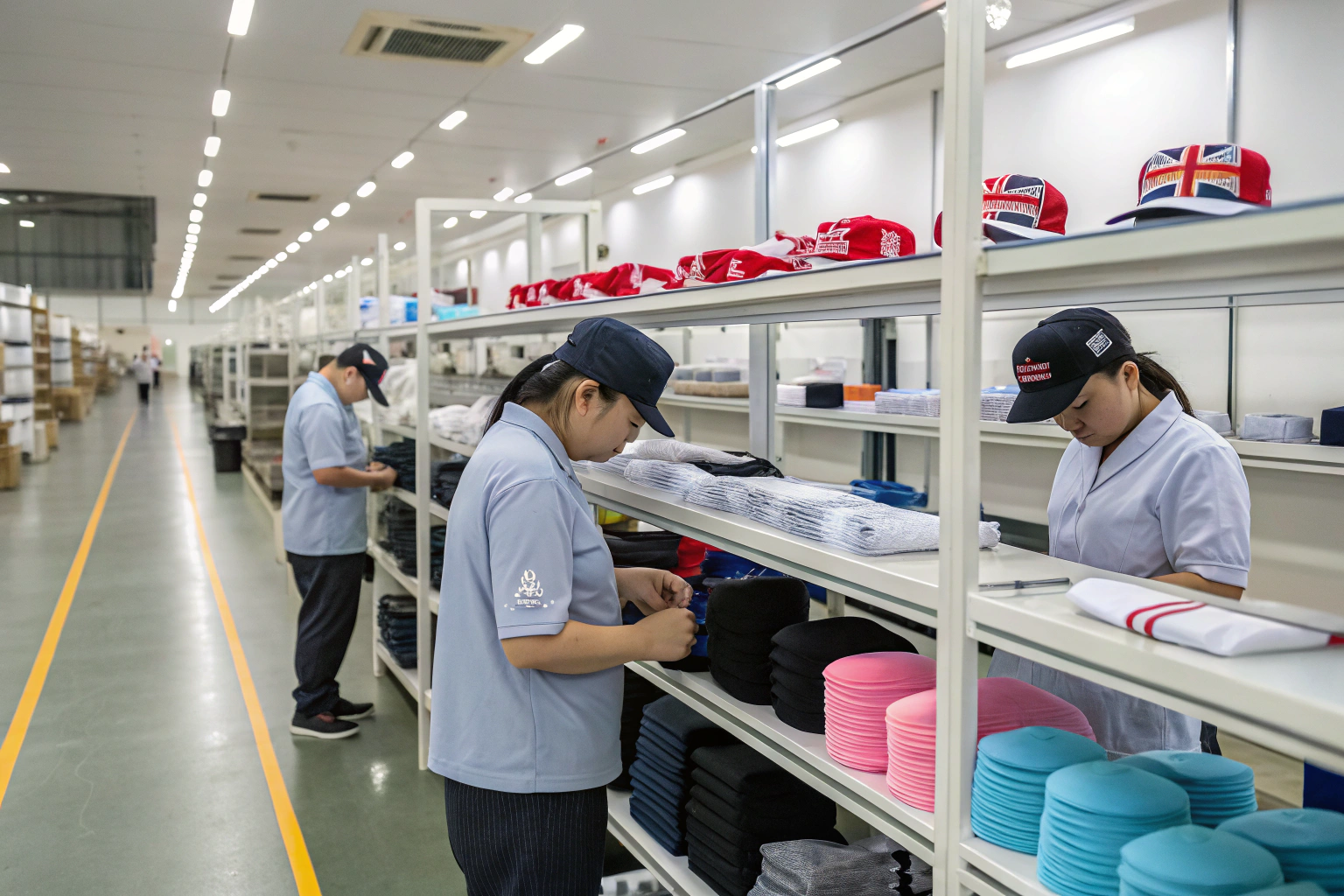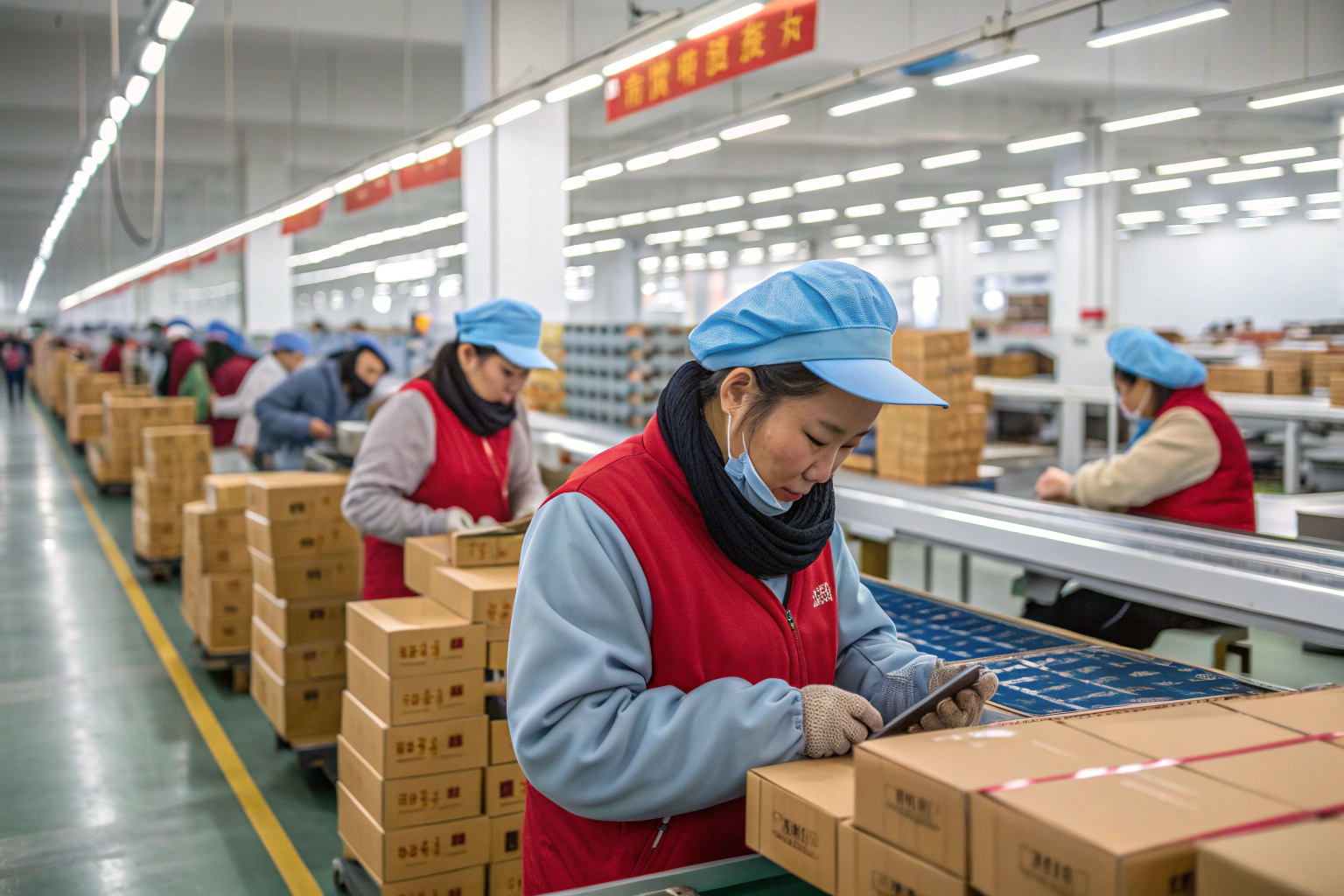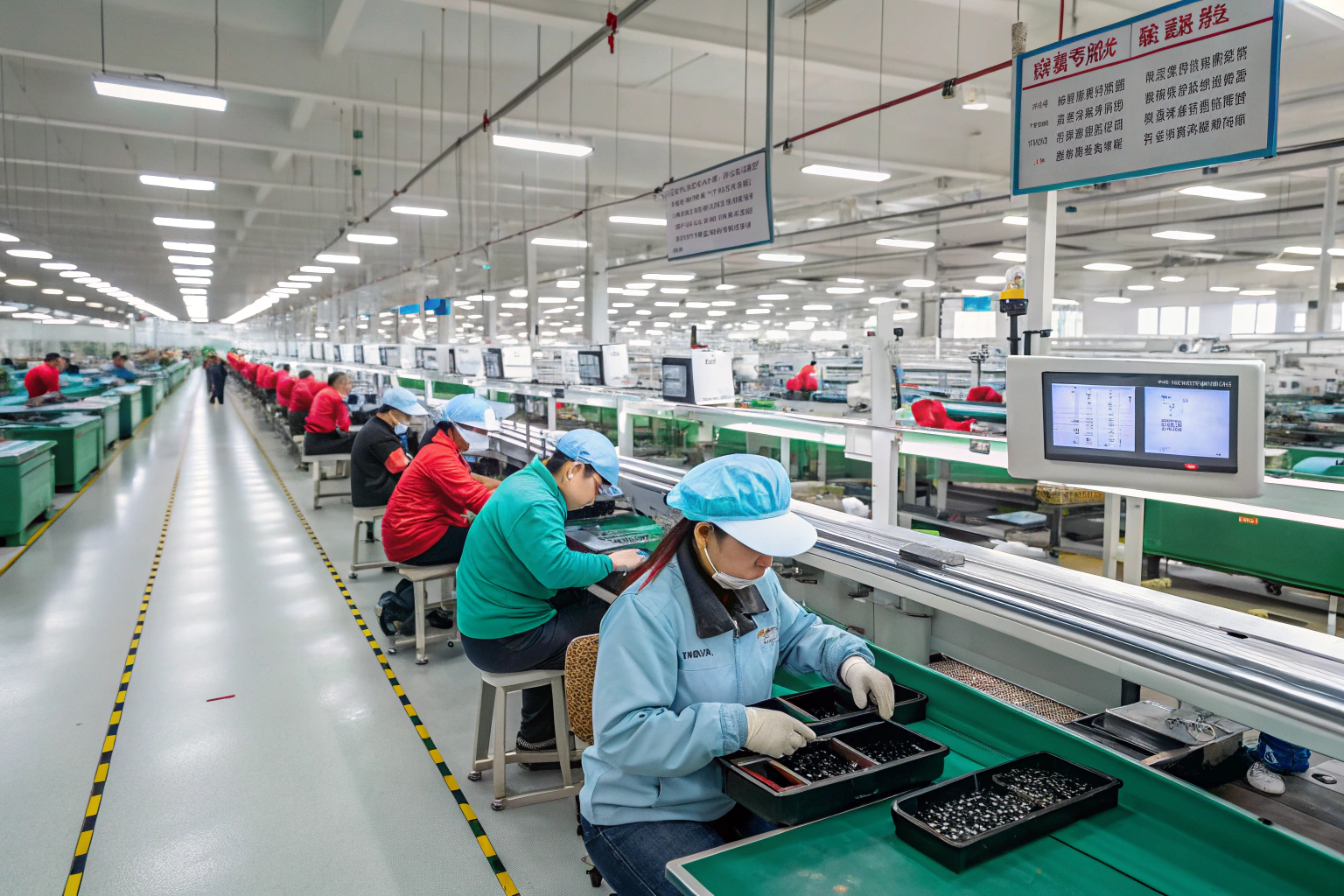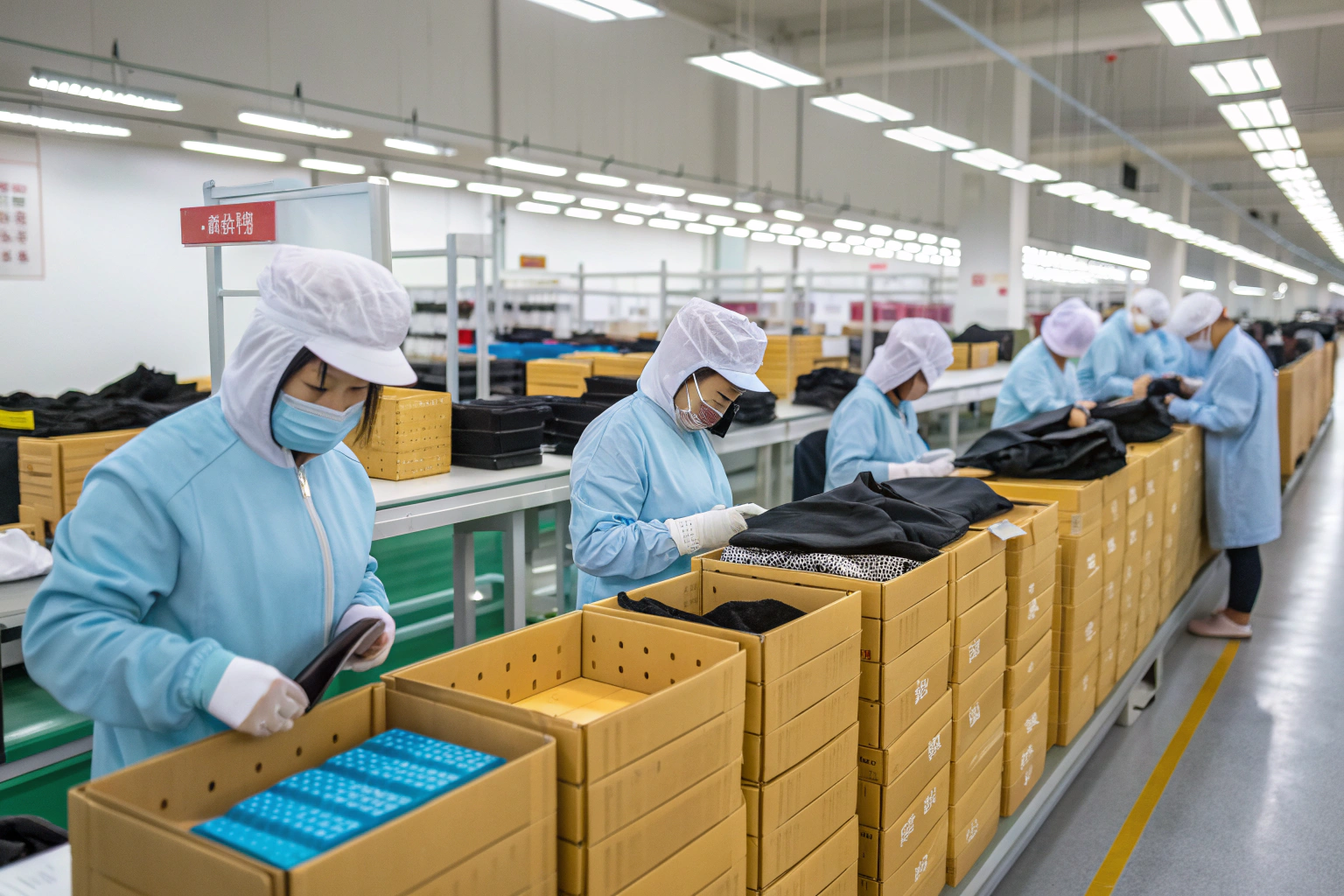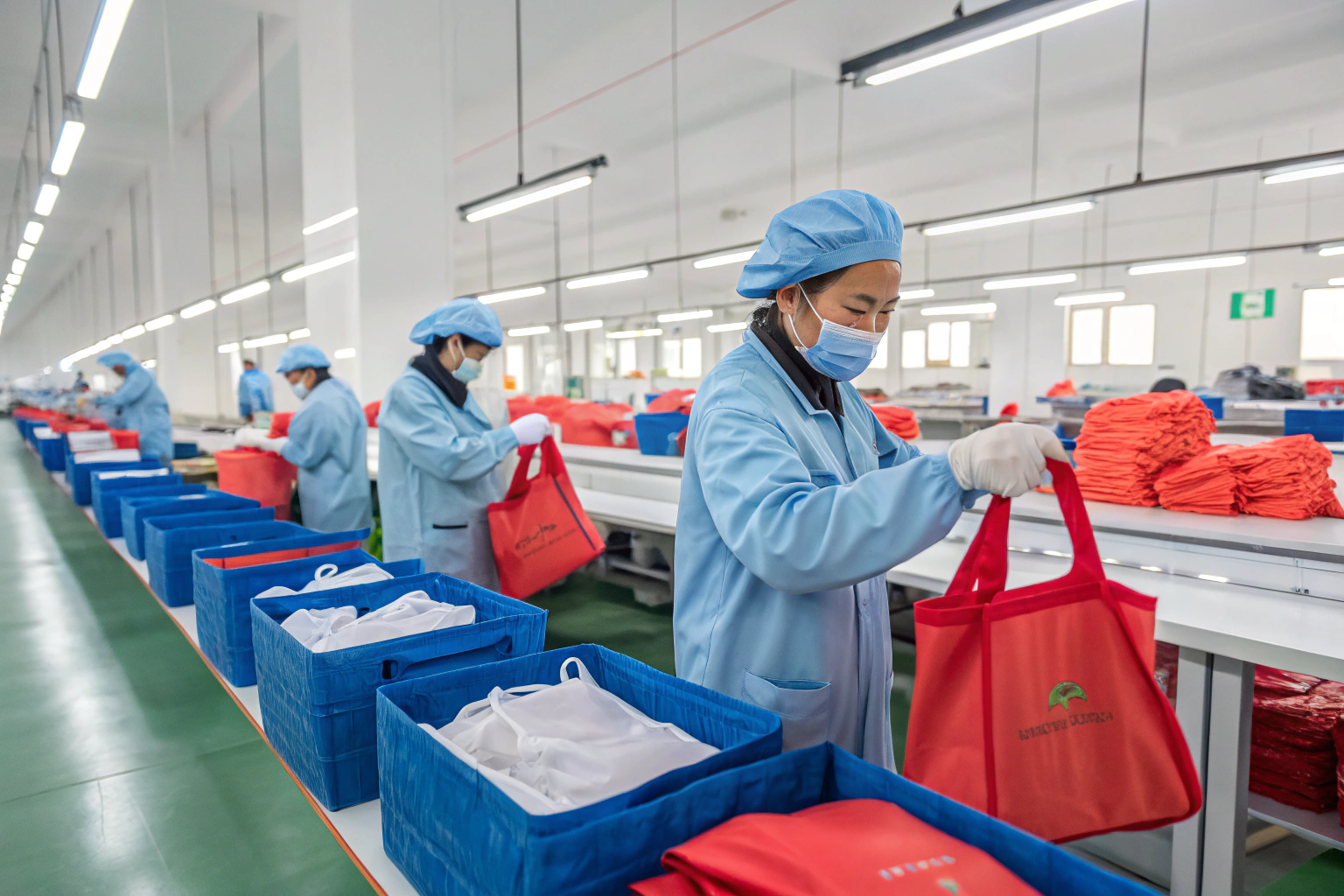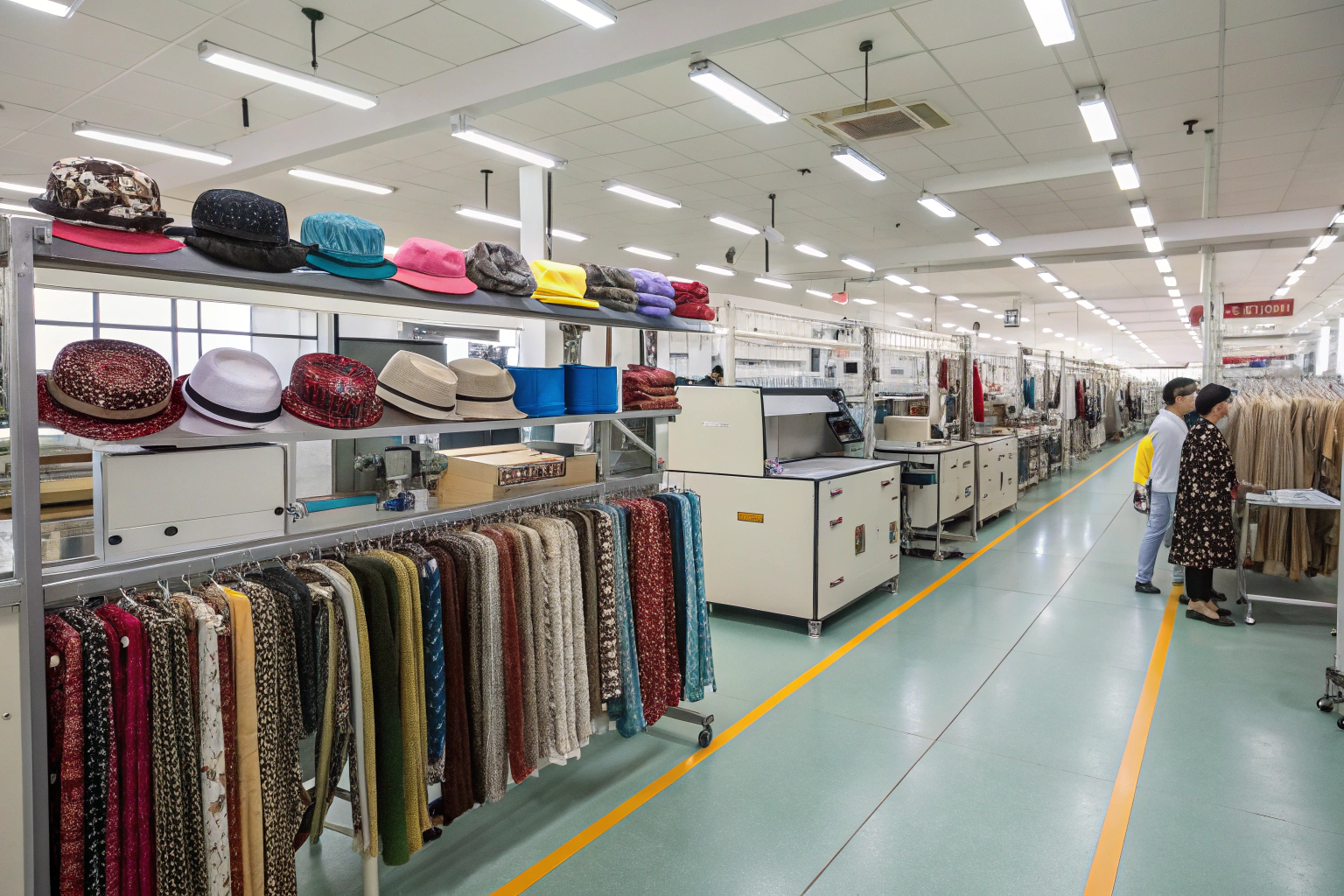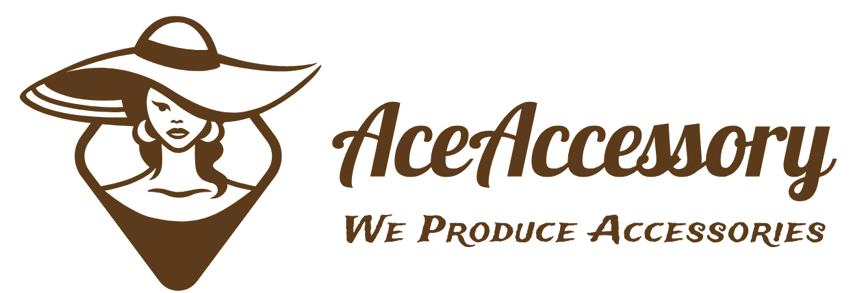Worried about inconsistent quality when importing from China? You’re not alone. Quality issues are one of the biggest risks in overseas sourcing—but they’re also the easiest to prevent with the right factory.
Reputable Chinese accessory factories use multi-step quality control processes that include raw material checks, in-process inspections, final product testing, and pre-shipment audits to ensure compliance with client standards.
At AceAccessory, we don’t leave quality to chance. Every piece—from hairbands to scarves—is inspected multiple times before it reaches your warehouse. Here’s how the best factories do it.
Does China have quality control?
The short answer is yes—but it depends on the factory.
Yes, China has strict quality control systems, especially in export-focused factories. Reputable manufacturers follow both domestic GB standards and client-specific QC protocols like AQL sampling and ISO systems.

What types of quality control exist in Chinese factories?
| QC Stage | What’s Checked |
|---|---|
| Incoming Material Check | Yarn, elastic, fabric, trims verified |
| In-Process QC | Stitching, assembly, tension, measurements |
| Final QC Inspection | Labeling, packaging, logo alignment, defects |
| Pre-shipment Audit | Random sample test (AQL) and quantity check |
Factories like ours also provide photo and video proof at each stage. This builds trust and avoids misunderstandings.
Buyers often assume that low cost = low quality. But in reality, good QC is about systems and supervision, not just price.
What are the Chinese quality standards?
You might hear about “GB” or “CCC” when sourcing from China. These are real government-backed frameworks.
Chinese quality standards include GB (Guobiao) standards for materials and performance, as well as optional certifications like CCC, ISO9001, and third-party audit schemes used for exports to the US/EU.

What are the most relevant standards for accessories?
| Standard | Applies To | Mandatory? |
|---|---|---|
| GB/T 22864-2009 | Textile accessories: visual quality | No (export use) |
| GB 18401 | Safety for textile products | Yes (domestic CN) |
| CPSIA | US import safety for kids’ products | Yes (US market) |
| REACH | Chemical safety for EU imports | Yes (EU market) |
| ISO9001 | Quality management systems | Voluntary |
When producing hair clips or scarves for European markets, we help our clients meet REACH regulations by sourcing dye-free, skin-safe materials. For children’s accessories going to the U.S., we comply with CPSIA labeling and testing.
We also provide test reports upon request from certified labs like SGS and Intertek.
Why does it matter?
Factories that understand and follow these standards:
- Know how to prevent non-compliance issues
- Can provide full documentation for customs clearance
- Avoid recalls and customer complaints
- Build long-term trust with professional buyers
What is in process quality control for manufacturing?
This is where real quality happens—not just at the end, but during production.
In-process quality control (IPQC) involves inspecting goods during various production stages to catch defects early and reduce rework. It ensures consistent output and faster corrections.

How is IPQC done in accessory manufacturing?
| Process Stage | What We Check |
|---|---|
| Fabric Cutting | Shape accuracy, defect marks, color consistency |
| Stitching & Assembly | Thread tension, seam width, alignment |
| Printing & Embroidery | Position, color, peeling or bleeding |
| Trimming & Packaging | Loose threads, tag placement, folding quality |
We use inline QC at every workstation, including:
- Checklists for common defects
- Barcode tracking for semi-finished items
- Team leader spot checks every hour
For example, during a 20,000-unit production of satin headbands, we spotted a problem in the thread quality. Instead of wasting 10,000 units, we stopped production at unit #327—saving both cost and time.
What tools help manage IPQC?
- Magnifying lamps for fine stitch review
- QC measurement boards for standardized checks
- Real-time production dashboards
- Photos and videos shared with clients on request
This kind of early-stage checking ensures that the final inspection is just a confirmation—not a surprise.
How could quality issues with goods produced in China be addressed?
Even the best factories face issues occasionally. What matters most is how they solve them.
Quality issues can be resolved by using corrective action plans, root cause analysis, rework options, or compensation agreements—depending on the severity and timing of the issue.

What common problems might occur?
| Problem | Cause | Fix |
|---|---|---|
| Logo misalignment | Poor printing template | Replace affected pieces, adjust screen |
| Size inconsistency | Cutting error or stretch material | Use fixed-size templates, trim batches |
| Color mismatch | Dye lot variation | Retest dyeing or adjust client expectations |
| Packaging defects | Manual error during boxing | Repack before shipment |
We log every defect into a master QC report and discuss corrective action with our clients. If needed, we offer:
- Rework within our workshop
- Partial remake before shipment
- Credit on next order
- Partial refund or discounted price
One of our UK customers once received 3 cartons of belts with wrong logo placement. Within 48 hours, we produced 3 new cartons and sent them via air at our expense.
How to prevent issues from the start?
- Approve pre-production samples (PPS)
- Confirm Pantone or material codes in writing
- Ask for QC checklist before mass production
- Request photo reports during final QC
Transparency = trust. The best results happen when buyers and suppliers both take responsibility and communicate early.
Conclusion
Quality control in reputable Chinese accessory factories isn’t optional—it’s systematic, visual, and trackable. From yarn checks to logo inspections and defect handling, experienced factories build processes that keep your brand protected and your customers satisfied.

